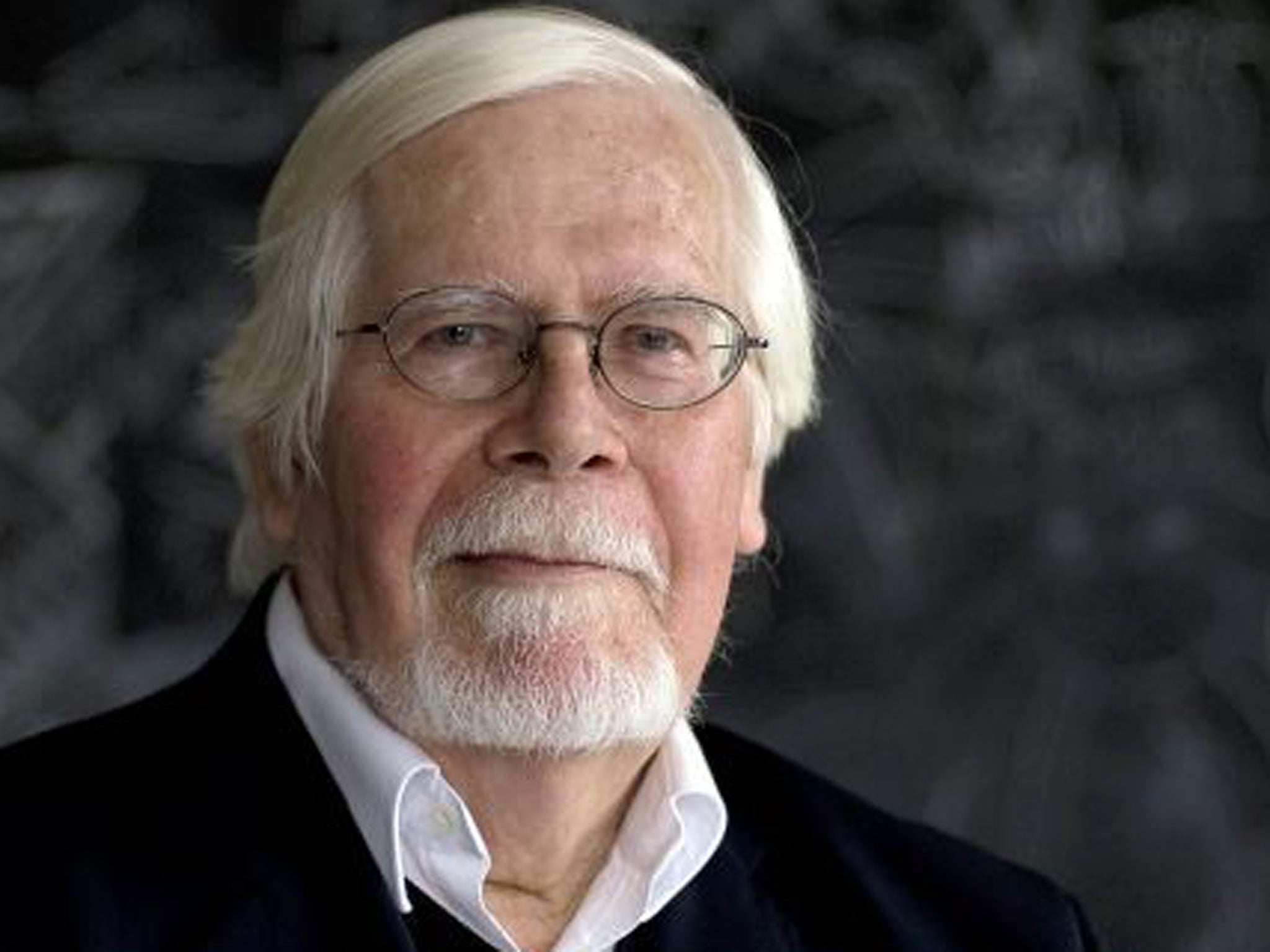Professor Nigel Glendinning: Leading authority on Goya and 18th century Spanish literature
Recognition of his work on Goya came with his membership of Spain's Academy of Fine Arts

Nigel Glendinning was not only a leading international scholar of the literature of 18th-century Spain but also a world authority on the artist Francisco de Goya. His innovative literary history of the Spain of the age of Enlightenment, published in 1972, was celebrated by an admiring readership across the globe, while studies on Goya's paintings and engravings broke new ground in their combination of aesthetic analysis and socio-historical contextualisation. Five decades of involvement in major exhibitions of Spanish art, in Spain, the UK and elsewhere, bear witness to his scholarship and influence as critic and cultural historian.
He was born in East Sheen, London, into an artistic family on his mother's side; his early education was as a choral scholar at St Paul's Cathedral school, before secondary studies introduced him to literature, especially poetry, both French and Spanish. National service in the Army Educational Corps gave way in 1950 to undergraduate study at King's College, Cambridge. The attractions of Spanish culture and influence of the polymathic JB Trend and Helen Grant, led, after graduation in French and Spanish, to doctoral research on the 18th-century author José de Cadalso.
Subsequent teaching posts at Cambridge and a lectureship at Christ Church, Oxford, were followed by a Chair at Southampton in 1962 and professorial posts at Trinity College, Dublin, in 1970, and Queen Mary, University of London, in 1974, where he became Emeritus Professor in 1991.
The doctoral research on Cadalso gave rise to a monograph in Spanish on his life and works, in parallel with editions of the author's Noches lúgubres, Cartas marruecas (jointly with Lucien Dupuis), and Los eruditos a la violeta, later supplemented by an edition of his autobiography and letters (co-edited by Nicole Harrison). The rigorous biography separated fact from legend, while the editions made use of previously ignored manuscripts closer to Cadalso's uncensored originals.
The literary analyses revealed Nigel's wide-ranging skills as literary critic, always focused sharply on the detail of texts, but alert to style, rhetoric and structure, drawing on the emphases of “new criticism”, as well as exemplifying the importance of engaging with the ideas expressed in the works and their links with contemporary debates deriving from Enlightenment thought and its Spanish opponents.
The eclectic appropriation of new aesthetic insights, from structuralism and feminism to psychoanalysis and French cultural theory, fed into his distinctive brand of literary scholarship, but the cognitive experience of the work of art in coming to terms with its meaning and aesthetics as reader, viewer or listener (in the case of poetry) was a constant focus. The translation of his volume on the 18th century for Ernest Benn's A Literary History of Spain established his reputation as a scholar in the Spanish-speaking world, where, in marked contrast to the UK, the culture of the period was increasingly taken seriously in university courses.
Glendinning's dedication to Spanish art, in particular that of Goya, blossomed from the 1960s, with the publication of meticulous research articles, collaboration in exhibitions and innovative studies included in exhibition catalogues. Goya and his Critics, published in 1977 and promptly available in Spanish, allowed his bent for aesthetic history and analysis to be brilliantly applied to two centuries of Goya criticism.
Fifteen years later Goya, La década de los Caprichos:retratos 1792-1804, combined aesthetic analysis with original archival investigation into the lives of Goya's sitters, enriching the significance of the canvases on show in the accompanying exhibition in Madrid's Royal Academy. Equally groundbreaking was the extensive study included in Caprichos de Francisco de Goya in 1996.
As a dedicated cultural historian his scholarship never ceased to be underpinned by empirical research, as he demonstrated in the first decade of the 21st century, when he joined the debate on the questioned attributions to Goya of certain emblematic works, asserting their place in the artist's output. Official recognition of his Goya scholarship came with acceptance into the Spanish Academy of Fine Arts as corresponding member, followed in 2005 by the award of the Premio Fundación Amigos del Museo del Prado, accompanied by a tribute volume entitled Homenaje a Nigel Glendinning.
Spanish governmental acknowledgement of Glendinning's cultural eminence led to him being made Commander of the Order of Isabel la Católica. Honorary doctorates were also conferred on him by the Universidad Complutense de Madrid and University of Southampton.
If fellow members of his Queen Mary department could celebrate his “relaxed efficiency, acute judgement and cordiality with colleagues”, his wide circle of academic fellow-workers benefited from his generosity in sharing ideas, information and even materials from his library, as a host of footnotes testify. Spanish friends highlighted his supposedly British irony; friends at home appreciated his wit, warmth and humanistic solidarity.
Archival research and recourse to manuscript and original printed editions were constants in his career, as was his collecting of antiquarian books, affording access to rare texts in an era before digital downloads became commonplace. His expertise extended beyond art and literature into music and the history of ideas, while his cultural sensibility would relate the products of his beloved 18th century to what preceded them and similarly link them to what came after.
In his university teaching, lectures and published work the richness and depth of his knowledge impressed itself on audiences and readers, and his elegance of expression and clarity of exposition belied the wealth of research, analysis, reading and thought on which they were grounded.
Oliver Nigel Valentine Glendinning, literary scholar and art critic: born London 16 October 1929; married Victoria Seebohm 1958 (divorced 1981; four sons); died London 23 February 2013.
Subscribe to Independent Premium to bookmark this article
Want to bookmark your favourite articles and stories to read or reference later? Start your Independent Premium subscription today.

Join our commenting forum
Join thought-provoking conversations, follow other Independent readers and see their replies